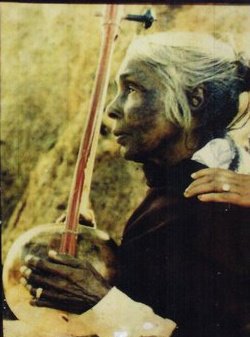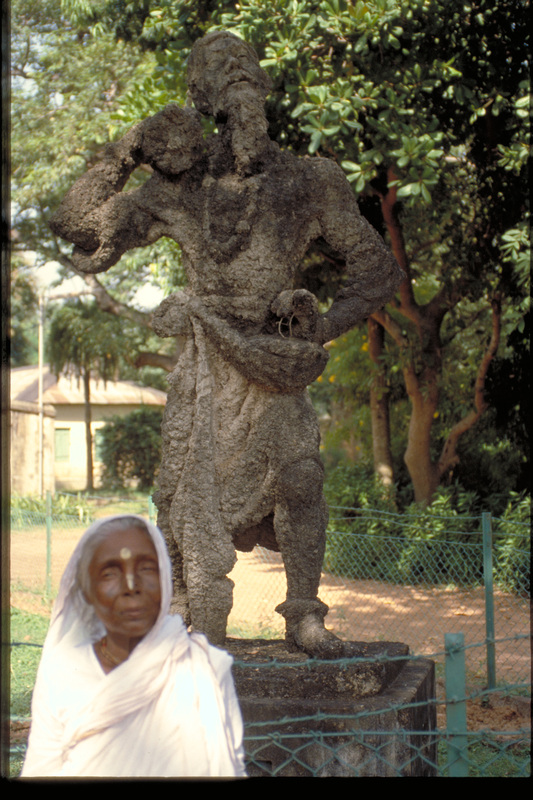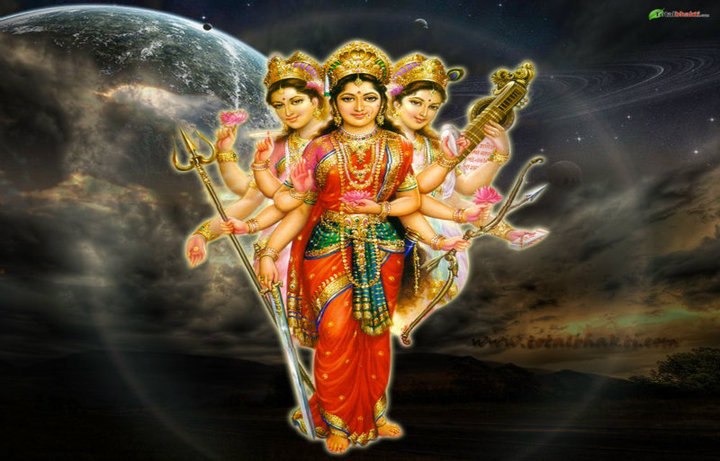Sahaja from Yogi Ananada's Saraswathi's article on Dattatreya... Baul is Sahja Vaishnavism, there are many who are now just discovering Sahajaya Vaishnavism from Bengal... Baul is and always has been Sahajaya for thousands of years.
The term Sahajaya has been totally misused by modern day orthodox Vaishnava reformers from Bengal.
You can use the term Vaishnava Sahajaya to describe what one thinks as an original concept but it is not original it is as old as Vaishnavism itself and the Vaishnava Baul of Bengal knew this thousands of years back.
Sri Nitai or Nityananda was a Vaishnava Sahajaya Baul of Bengal an oral tradition not a book tradition although yes they could read sanskrit and kept many ancient sanskrit texts.. They looked at everything, the Bauls were both Radha and Krishna/ Shiva and Kali..Everything is inside the Baul, yet the Baul remains untouched. There is nothing sinister about Sahajaya or Sahaja Vaishnavism it is sacred and natural.
"Sahaja simply means natural.
It not only implies natural on physical and spiritual levels, but on the mystic level of the miraculous.
It means that easy or natural state of living without planning, design, contriving, seeking, wanting, striving or intention. It is that nature which, when once established, brings the state of absolute freedom and peace.
Sahaja is a natural state which balances reality between the pairs of opposites and maintains harmony of the Cosmos. Thus ‘sahaja’ expresses one who has reverted to his natural state, free from conditioning.
It typifies the outlook which belongs to the natural, spontaneous and uninhibited man, free from innate or inherited defects. As such even nakedness of the sadhus is considered to be ‘sahaja’. By his own demeanor Datta shows man’s instinct for naturalness and primordial perfection not only of the physical and spiritual level but at the mystical level.
A parallel is made to plants and trees which do not grow according ‘svadharma’ or rules and obligations incurred at birth. Nature only has ‘svabhava’ meaning its own inborn self or essence as its guidance.
In other words ‘what is to come must come of itself’ to manifest in a state of absolute freedom. Taoism speaks of ‘sahaja’ as a highest virtue – the loss of the peculiar naturalness or unselfconsciousness.
One finds this state in an innocent child which is always in its ‘sahaja’ state unless interfered to by society. In his semi-naked state Datta was just as unconscious of others nakedness as he was of his own. “The person who has conquered the baser self and has reached to the level of self mastery: he is at peace, whether it be in cold or hot, pleasure or pain, honoured or dishonoured" – Bhagavad Gita.
It is said that one would only comprehend the Avadhuta Gita after understanding the word ‘samsara’. It is also found in the Upanishads and Tantra scriptures where the sages used the word to mean ‘higher truths’.
What is ‘higher truth?’ It means the essential unity of all things -- of all existence, the equipoise of equanimity, the supreme bliss of harmony, that which is aesthetically balanced, undifferentiated unity, absolute assimilation, the most perfect unification and the highest consummation of Oneness. ""
Yoga Ananda Saraswathi
Picture of Sri Nabani Das (Gosai) Khyappa Baul, picture taken by Rabindranath Tagore. Nabani is the Baul who was best friends with Tagore and inspired Tagore towards Baul poetry.http://mirrorofthesky.blogspot.ca/

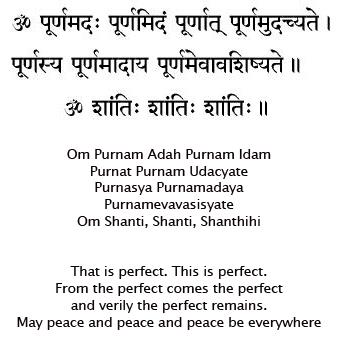

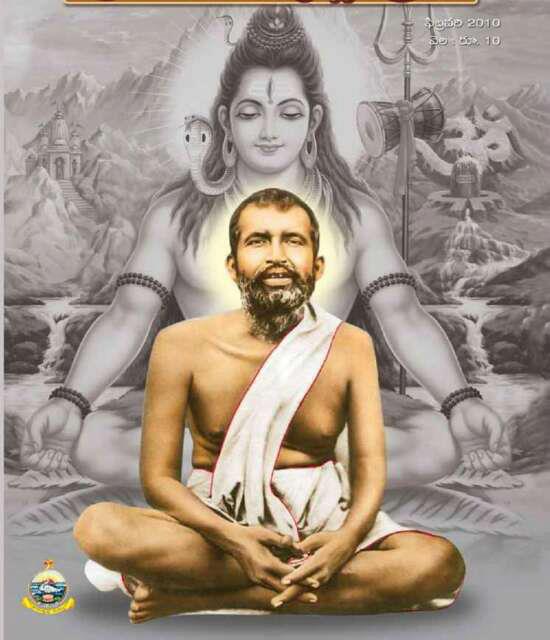

















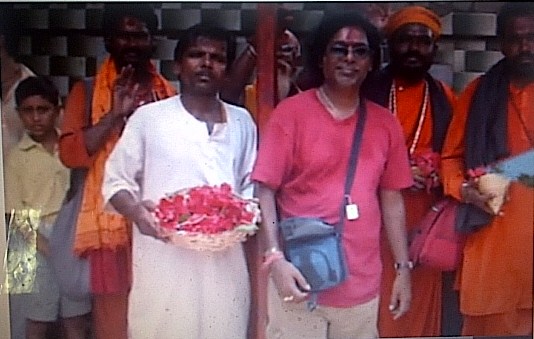




 RSS Feed
RSS Feed
